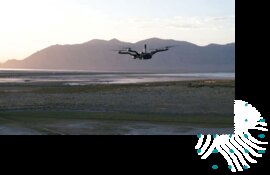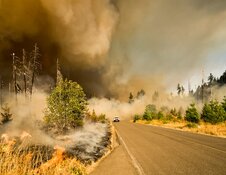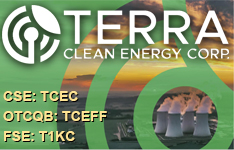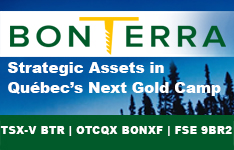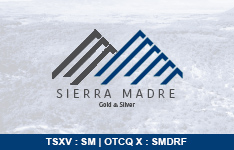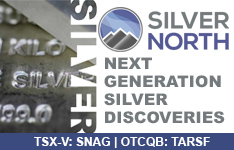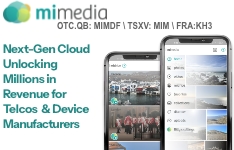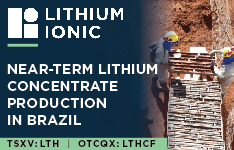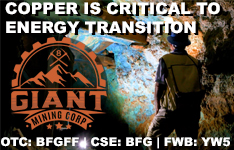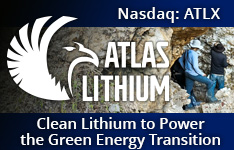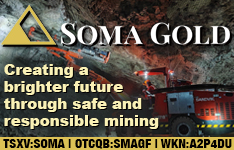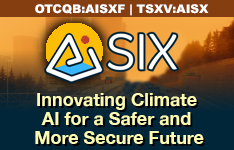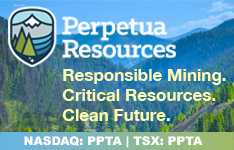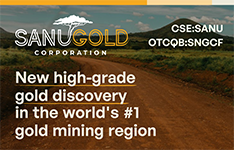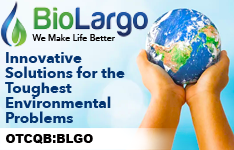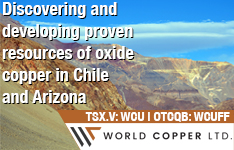Aisix Solutions Inc. (AISX:TSX.V; AISXF:OTCQB; QT7: FSE) has announced the completion of its final report on probabilistic modeling for volcanic hazards at Mount Garibaldi/Nch'kay. This report forms a significant part of the Geological Survey of Canada's (GSC) Volcano Risk Reduction in Canada (VRRC) initiative for 2022-2025. The project aims to support evidence-based decision-making on volcanic risks by creating hazard maps, operational monitoring systems, and assessment guidelines. Aisix's contributions include advanced hazard maps for lava flows, lahars (volcanic landslides), and pyroclastic density currents. These resources are pivotal for proactive risk mitigation and land-use planning.
In addition to the hazard maps, the company provided detailed recommendations for developing national guidelines for volcanic hazard assessments. These recommendations integrate probabilistic modeling techniques and insights into international standards, tailored to Canada's unique geological landscape.
According to Dr. Gio Roberti, Aisix's Head of Product, the findings will play a crucial role in creating comprehensive guidelines to enhance public safety. Mihalis Belantis, CEO of Aisix Solutions, echoed those sentiments in the news release, stating, "We are proud to have contributed to the advancement of hazard and risk assessment in Canada, helping Canadians to move towards a safer future."
This achievement builds on Aisix's track record of leveraging data analytics and artificial intelligence to address complex environmental challenges. It also aligns with the growing demand for innovative solutions in climate risk management, as highlighted in industry reports predicting substantial market growth in digital climate risk solutions globally.
Climate Risk Modeling: Navigating Challenges and Opportunities
According to a report from PwC.com, "Climate risk modeling is taking center stage" as companies strive to integrate climate considerations into their risk management and strategic planning. The report emphasized the importance of these models in enabling organizations to adapt to the physical and transition risks associated with climate change while capitalizing on emerging opportunities.
In the United States, regulatory frameworks are evolving, with companies anticipating new climate-related financial disclosure rules from the Securities and Exchange Commission (SEC). Globally, organizations are aligning with the recommendations of the Task Force on Climate-Related Financial Disclosures (TCFD). PwC noted that by October 2021, over 2,500 organizations with a combined market capitalization exceeding US$25.1 trillion had committed to TCFD-aligned reporting. These disclosures are driving businesses to adopt tools that assess both physical risks, such as extreme weather events, and transition risks, such as stranded assets or carbon tax policies.
PwC outlined that advanced climate risk modeling tools are now incorporating climate-adjusted peril risk scores and catastrophe modeling to quantify physical risks. For example, such tools evaluate the potential impact of wildfires, floods, and droughts under various warming scenarios, providing metrics like physical losses and business interruption. Transition risk models, on the other hand, assess financial exposure related to the shift to a low-carbon economy. PwC stated that "scenario analyses should be used so that companies can be prepared to modify strategies to be resilient no matter what the future looks like."
On November 20, The Washington Post reported on how resilience is becoming an equally critical factor in assessing climate risks. Michael J. Coren explained that while no location is immune to climate threats, resilience — defined by infrastructure, governance, and community ties — can mitigate risks. "Resilient cities hold their value and appeal to new and current residents," stated Parag Khanna, founder of AlphaGeo. Examples include cities like Norfolk, Virginia, which has implemented aggressive flood protection measures, and Placer County, California, where forest management initiatives aim to prevent wildfires. These efforts demonstrate the sector's focus on proactive measures to adapt to and manage environmental hazards effectively.
Driving Aisix's Progress Through Strategic Climate Solutions
Aisix Solutions' recent work on the VRRC project positions the company as a leader in environmental hazard modeling, a growing niche within the broader climate risk analytics market. The company's investor presentation highlights its unique approach, combining advanced artificial intelligence with probabilistic data modeling. This technological advantage not only supports governmental initiatives but also creates opportunities for commercial partnerships in climate risk management.
Upcoming milestones for Aisix include the continued development of its proprietary Climate AI technology, aimed at expanding its applicability to other high-risk areas, such as flood and wildfire modeling. Additionally, the company's focus on secondary perils — less studied but critical climate risks — provides a competitive edge in the insurance and real estate sectors. With a market opportunity projected to exceed US$4 billion by 2027, Aisix is well-positioned to capitalize on its expertise and proven solutions.
Aisix's investor materials also highlight its revenue model, which integrates subscription-based services and project-specific solutions for enterprise and consumer markets. This diversified approach enhances its growth potential, particularly as demand for actionable climate data continues to rise. The company's ongoing partnerships with government agencies and private sector clients further solidify its standing in the evolving climate risk analytics space.
Ownership and Share Structure
 Streetwise Ownership Overview*
Streetwise Ownership Overview*
Aisix Solutions Inc. (AISX:TSX.V; AISXF:OTCQB;QT7: FSE)
As for the ownership of Aisix, according to Refinitiv, two insiders hold 16.8% of the company. They are CEO and Director Belantis with 15.37% and Cofounder and Director David Poole with 1.43%.
Retail investors own the remaining shares as there are no institutional owners.
In terms of structure, Aisix has 96.96 million shares outstanding and 80.67 million free-float traded shares.
The firm's market cap is CA$3.409 million, and it trades in a 52-week range of CA$0.015 and CA$0.07 per share.
| Want to be the first to know about interesting Technology investment ideas? Sign up to receive the FREE Streetwise Reports' newsletter. | Subscribe |
Important Disclosures:
- Aisix Solutions Inc.is a billboard sponsor of Streetwise Reports and pays SWR a monthly sponsorship fee between US$4,000 and US$5,000.
- As of the date of this article, officers and/or employees of Streetwise Reports LLC (including members of their household) own securities of Aisix Solutions Inc.
- James Guttman wrote this article for Streetwise Reports LLC and provides services to Streetwise Reports as an employee.
- This article does not constitute investment advice and is not a solicitation for any investment. Streetwise Reports does not render general or specific investment advice and the information on Streetwise Reports should not be considered a recommendation to buy or sell any security. Each reader is encouraged to consult with his or her personal financial adviser and perform their own comprehensive investment research. By opening this page, each reader accepts and agrees to Streetwise Reports' terms of use and full legal disclaimer. Streetwise Reports does not endorse or recommend the business, products, services or securities of any company.
For additional disclosures, please click here.





